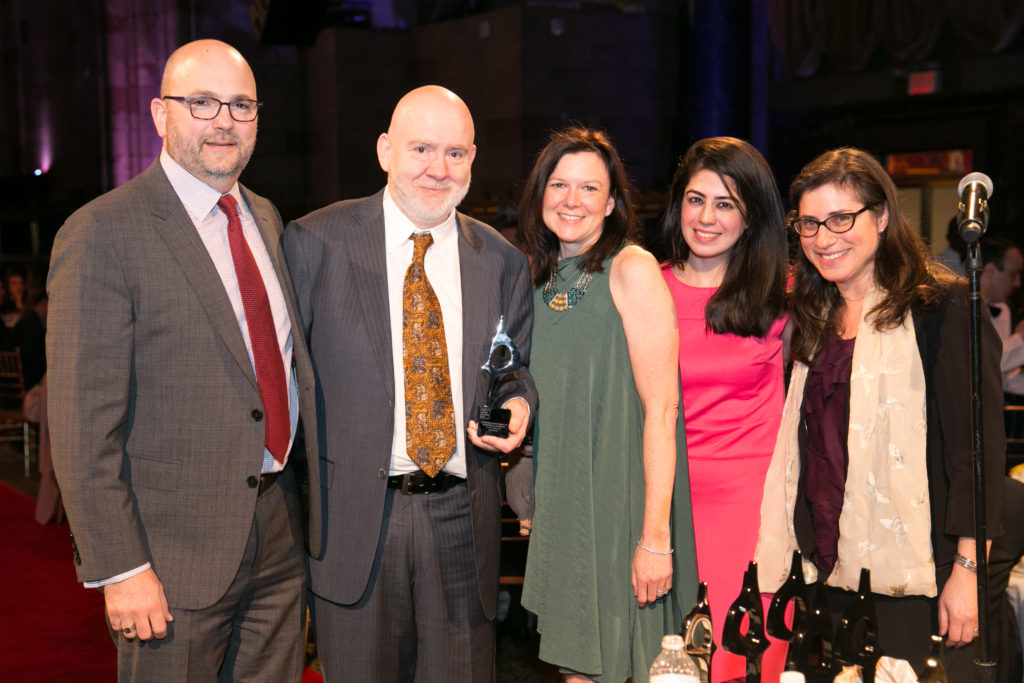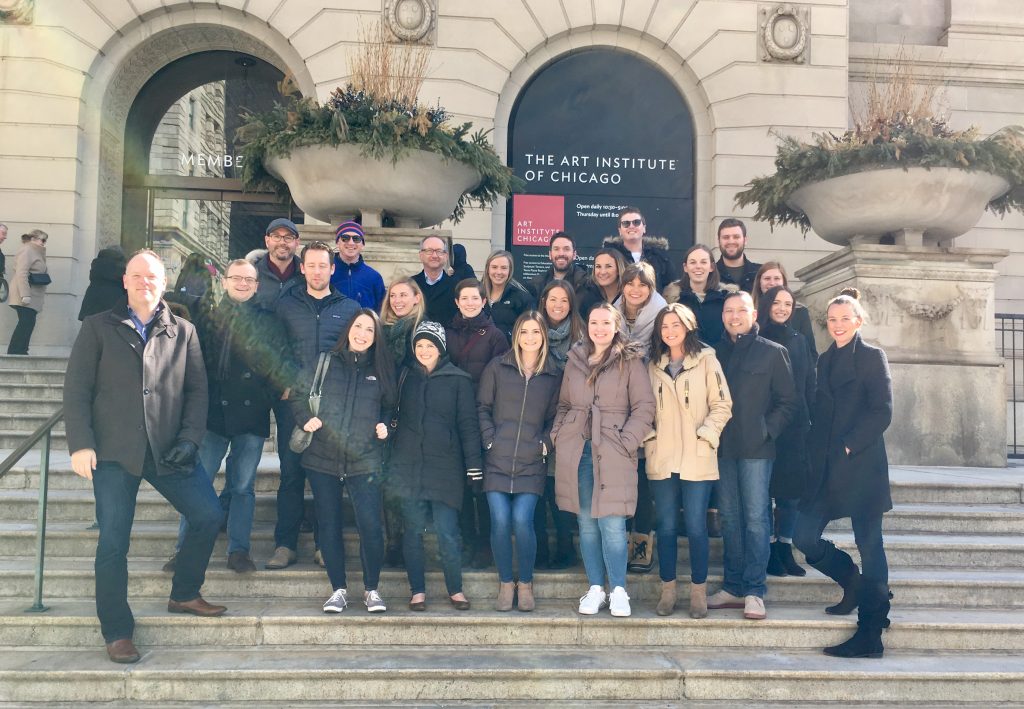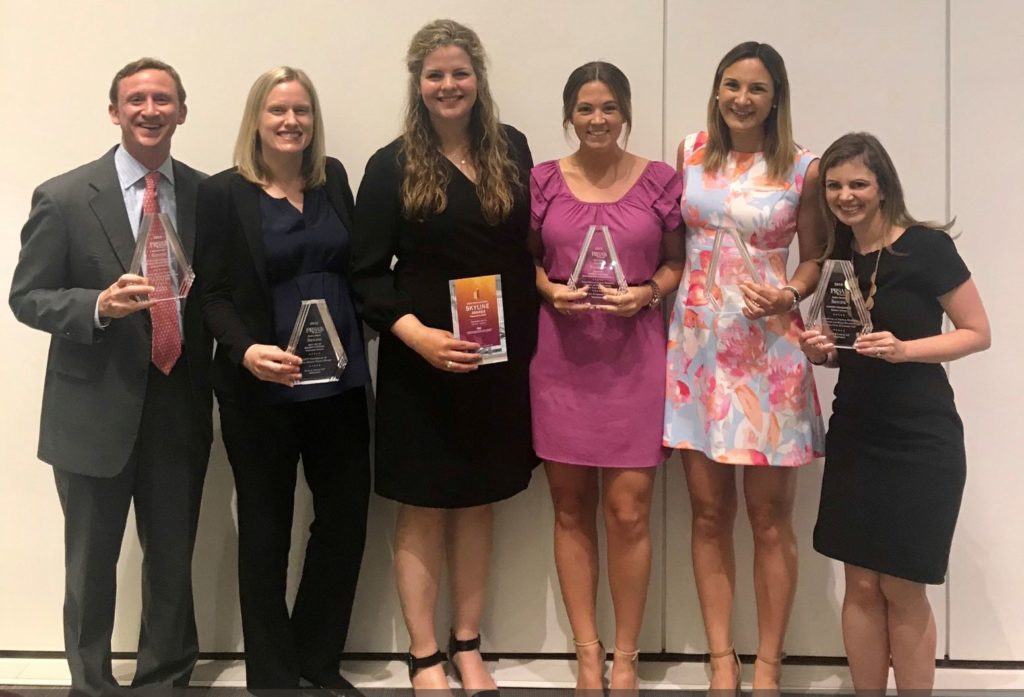Just 31 percent of C-suite officers rate content created by professional firms as “very good,” and 38 percent find it “barely satisfactory,” according to Greentarget’s 2018 State of Digital & Content Marketing Survey – Professional Services edition.
Those are disappointing figures – and improving upon on them should be a goal of most PR marketers in the B2B space. That’s why the topics covered at the Legal & Professional Services Council (LPSC) NextGen’s annual Writing with Impact workshop earlier this month struck a chord.
The panel, which included Greentarget’s own Megan Turchi, offered tangible advice on how to improve overall quality of content, with a focus on the written word. The presenters shared best practices and tips on how PR, marketing and communications professionals can make an impact with their writing and (we hope) improve on the percentages mentioned above.
1. Know and Empathize With Your Audience.
Stephanie Reid, marketing and communications senior manager for legal recruiting and development at Kirkland & Ellis, stressed the importance of knowing your audience. We talk about this all the time. Whether you’re writing an email, a tweet, a LinkedIn post, a blog post or really anything at all, you have to stop and think about what matters to the people you’re trying to reach. It should be the first step before writing a word, even before having a prep call. Empathizing with your audience makes it possible to determine the right tone and language and decide which points to emphasize and prioritize.
2. Do Your Homework
Research. Research. Research. It’s important to be prepared before talking to anyone about a new project, a thought leadership campaign, a story mining call, etc. At Greentarget, we often talk to clients who are at the top of their fields or are known experts on particular subjects. It’s unlikely that we’ll ever achieve that level of knowledge ourselves, but doing homework ahead of time can lead to a fulfilling, productive conversation – rather than one that leaves both parties feeling like the call was a waste of time.
3. Pay Attention to Daily Communication
It might be tedious to review emails several times before hitting send, but what seems like a menial task can quickly become a missed opportunity to establish credibility. It’s important to consider a few factors: Does the individual you are working with prefer to communicate in a professional manner or are they more informal (think about their manner on calls)? How do they format their own emails and other communications? Paying attention and mirroring their methods will show not only that you are good at what you do but that you understand the importance of empathy.
4. Establish a Structured Approach
It can be difficult to gather the information necessary to craft key pieces of content – pitches, proposals, client alerts, press releases, social media posts, event invitations, etc. – but having a content hierarchy makes a big difference. That’s according to Kevin Blasko, global head of communications for McKinsey & Company’s Transformation practice. He suggested structuring your everyday communication in a way that explicitly outlines what you need. For example, in an email about a problem you to need weigh in on, bullet out the situation, complication and proposed resolution so that the recipient can easily identify what it is you are asking for so you can ultimately get the input you are seeking.
5. Be Open to Feedback
Crafting content on behalf of others is challenging, especially when it comes to capturing the right tone. Sometimes, no matter how much due diligence you did, your first draft may still get hacked nearly to death by the author. It’s important to remember that no matter how much time you put into a piece, it still has the author’s name on it. Everyone has their own style and tone – and edits are part of the process. Never take them personally, and make sure to review the feedback, incorporate it into future pieces of content and consider asking colleagues or mentors for a second review.
By taking these simple steps, professional services marketers can improve their writing and build credibility. Even the most seasoned writer should constantly be seeking ways to improve and ensure their content is relevant, engaging and compelling – so it’s important to keep these tips in mind as you’re drafting your next email or writing your next article.









